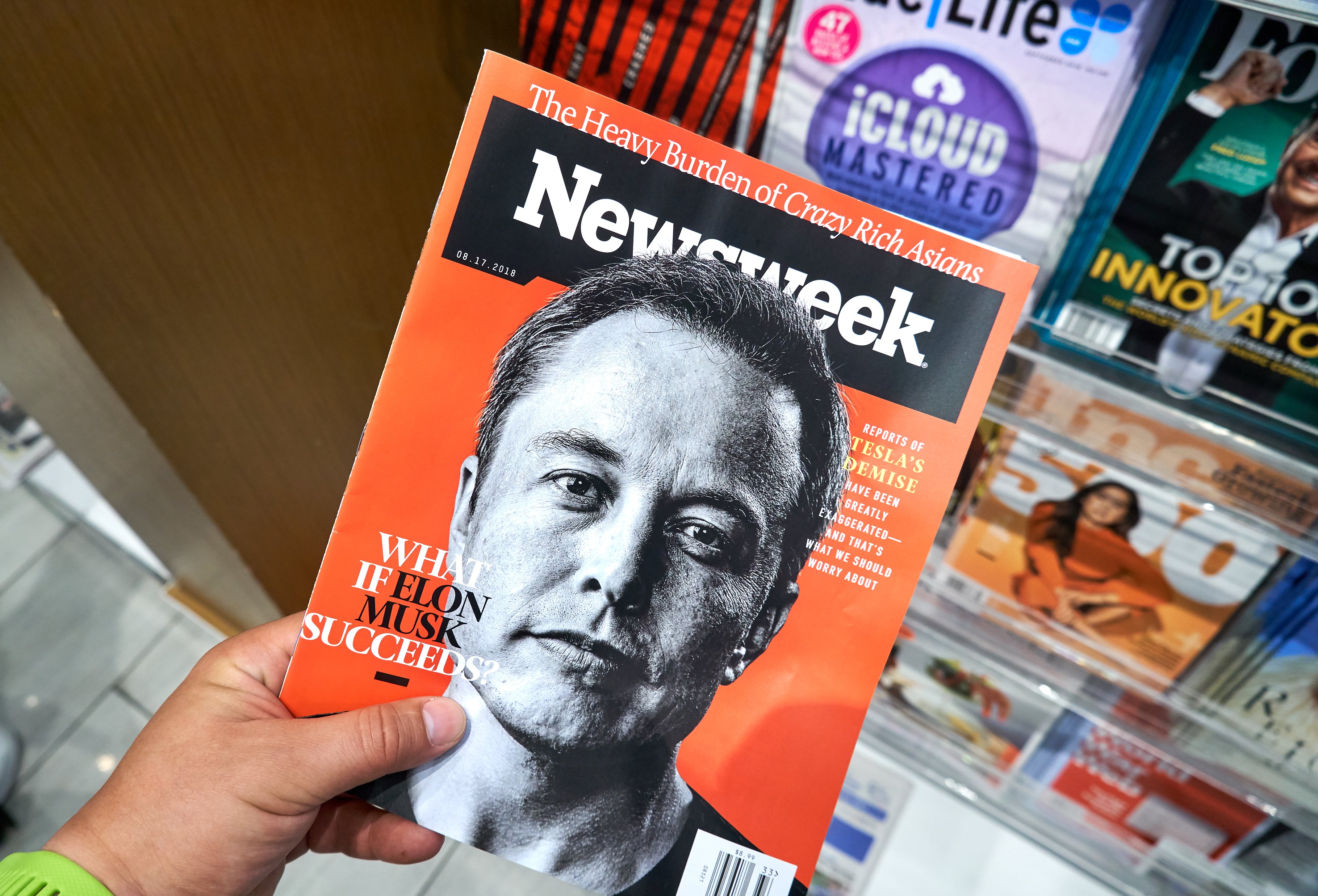We’ve spent a good amount of time over the last year talking about remote work and hiring trends in this compliance blog.
Typically, we consider these trends from a Human Resources perspective—how can HR teams rapidly hire and onboard employees in such a competitive and volatile labor market?
Today, however, we want to change things up a bit and consider (ominous music!) the dark side of remote work. From meeting fatigue to the triple peak, some remote workers are finding out that remote work is, well, not working out all that great for them.
Similarly dissatisfied, C-Suite executives are becoming increasingly aggressive about the need to return to the office.

Meeting Fatigue is Real
WebEx recently produced a study concerning meeting fatigue, a phenomenon people have begun to experience during the pandemic as virtual meetings have exponentially increased. According to the study, up to 81% of white-collar (now called “knowledge”) workers experience distinct physical ailments due to meeting fatigue.
This isn’t surprising since, according to Microsoft, the number of daily meetings for the average worker has doubled since the pandemic began and continues to climb.
“People have 250 percent more meetings every day than they did before the pandemic,” says Mary Czerwinski, the research manager of the Human Understanding and Empathy (real title) group at Microsoft.
C-Suite Plans and Accommodations
C-Suite executives, by and large, want workers back in the office, believing the benefits to productivity and collaboration are worth the burdens commuting imposes on workers (childcare and transportation costs chief among them). Indeed, according to a recent study by the Cleaning Coalition of America (any guess why they want to see a return to the office?!), 76% of C-Suite executives believe that in-person work is “critical to the company’s bottom line and revenue.”

This is leading companies, according to the study, to pursue mitigating accommodations such as childcare subsidies, transportation vouchers, and monetary incentives.
One of the country’s most famous CEOs, Elon Musk of Tesla and SpaceX, made waves earlier this month by coming out aggressively against remote work for Tesla employees, recently sending a company-wide email demanding their return to office. No accommodations were mentioned.
The email is as succinct as it is sneering: “Everyone at Tesla is required to spend a minimum of 40 hours in the office per week. Moreover, the office must be where your actual colleagues are located, not some remote pseudo office. If you don't show up, we will assume you have resigned.”
Sure, there is widespread speculation that this aggressive message was actually aimed at pushing employees to resign, thus preventing Tesla from having to lay them off and risk tanking its stock price.
Regardless, for Tesla employees, the mandate is real: show up in person or don’t bother showing up at all. No doubt a great many CEOs would love the chance to enact a similarly stringent policy, but alas not everybody is Elon Musk.
When Work Never Stops at Home

There is even dissatisfaction among hybrid workers, with people beginning to ask themselves if this is the type of work-life balance they really want moving forward.
Consider Derek Thompson’s recent piece in The Atlantic, in which he describes how remote work has shifted his patterns of productivity.
“After two years of working from home, I don’t have one unified period of getting things done. I have several mini periods. Work isn’t a contiguous landmass of focus; it’s more like an archipelago of productivity amid a sea of chores, meals, mental breaks, and other responsibilities.”
Thompson points to recent data showing that, historically workers typically enjoyed two periods of peak performance during each workday, once before lunch and once right after it. Now, however, there is a third peak among 30% of remote workers, one that emerges around 9pm.

This phenomenon, referred to as the “triple peak day” can be explained in several ways. First, that 9pm peak is suspiciously close to children’s typical bedtime—it is likely that many of these people are parents who pushed back a few of the day’s tasks to attend to their children after they got home from school. Once the kids were in bed, they knocked out the rest of their work.
Obviously this type of flexibility is one of remote work’s greatest virtues, particularly to parents who have come to value it to the point of prioritizing it over compensation.
And yet, as we said before, there are also just more meetings everyday than there ever have been. But there isn’t any less work. This forces employees to push some of their responsibilities back into the night as they struggle to keep up with meetings and the day’s tasks.
For what it’s worth, your humble blogger finished this blogpost well within typical work hours. But I have a meeting in 3 minutes.


